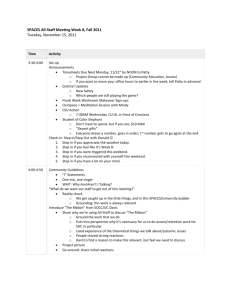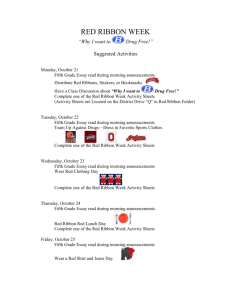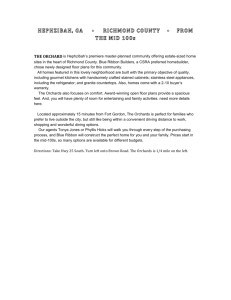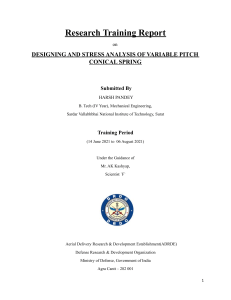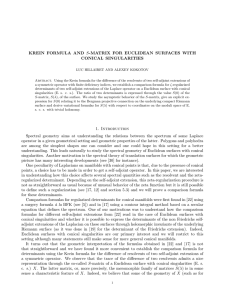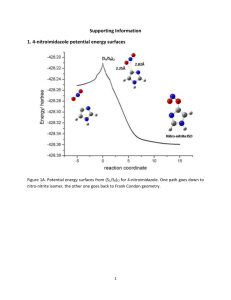Parachute Trade Study-Andy
advertisement
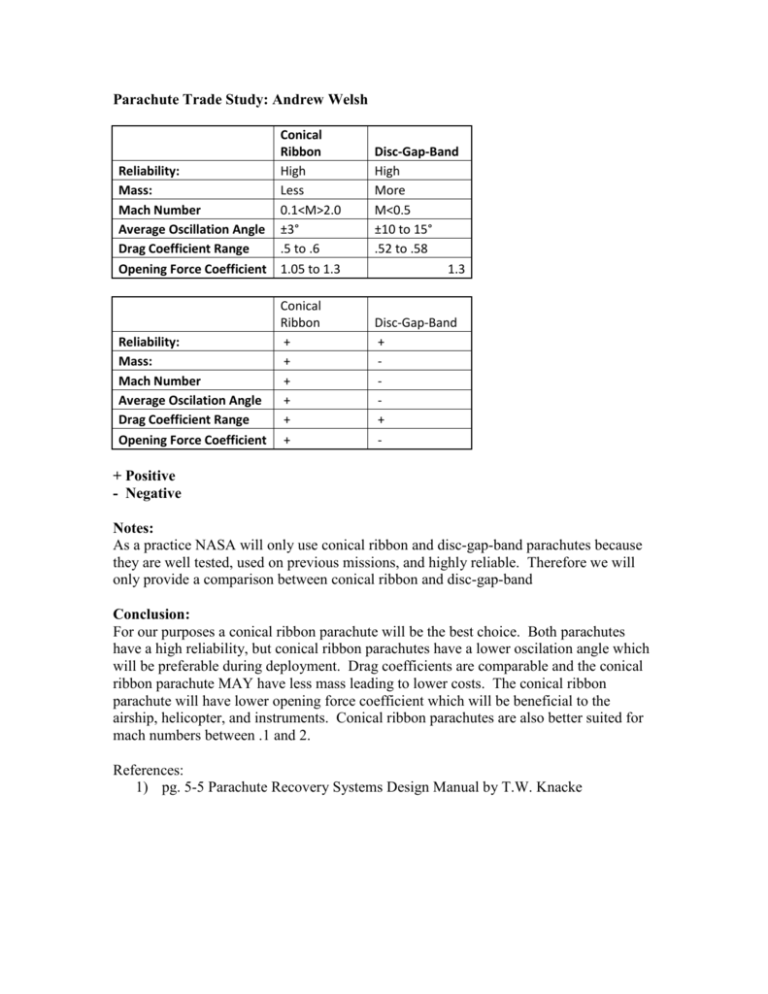
Parachute Trade Study: Andrew Welsh Conical Ribbon Reliability: High Mass: Less Mach Number 0.1<M>2.0 Average Oscillation Angle ±3° Drag Coefficient Range .5 to .6 Opening Force Coefficient 1.05 to 1.3 Disc-Gap-Band High More M<0.5 ±10 to 15° .52 to .58 1.3 Conical Ribbon Reliability: + Mass: + Mach Number + Average Oscilation Angle + Drag Coefficient Range + Opening Force Coefficient + Disc-Gap-Band + + - + Positive - Negative Notes: As a practice NASA will only use conical ribbon and disc-gap-band parachutes because they are well tested, used on previous missions, and highly reliable. Therefore we will only provide a comparison between conical ribbon and disc-gap-band Conclusion: For our purposes a conical ribbon parachute will be the best choice. Both parachutes have a high reliability, but conical ribbon parachutes have a lower oscilation angle which will be preferable during deployment. Drag coefficients are comparable and the conical ribbon parachute MAY have less mass leading to lower costs. The conical ribbon parachute will have lower opening force coefficient which will be beneficial to the airship, helicopter, and instruments. Conical ribbon parachutes are also better suited for mach numbers between .1 and 2. References: 1) pg. 5-5 Parachute Recovery Systems Design Manual by T.W. Knacke
